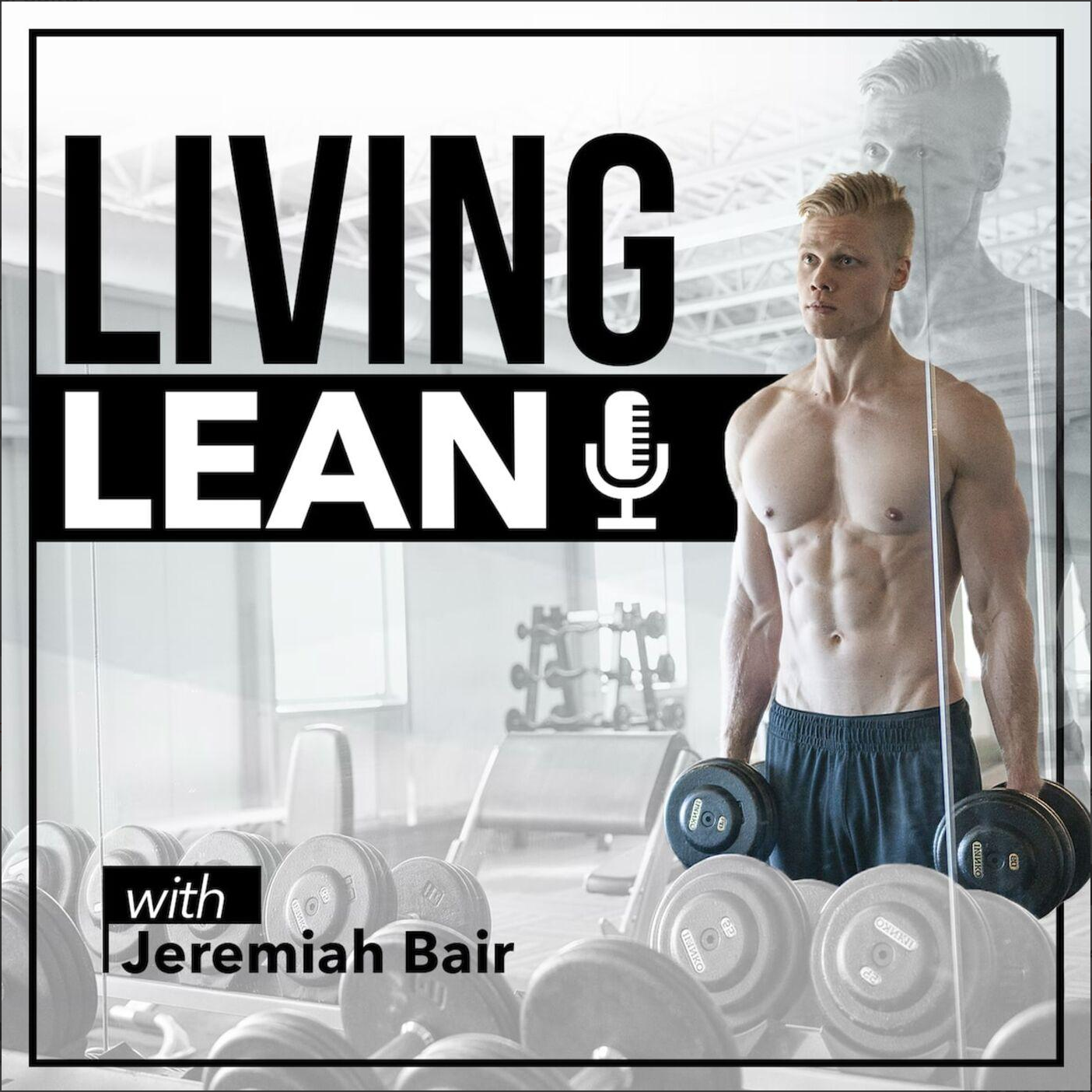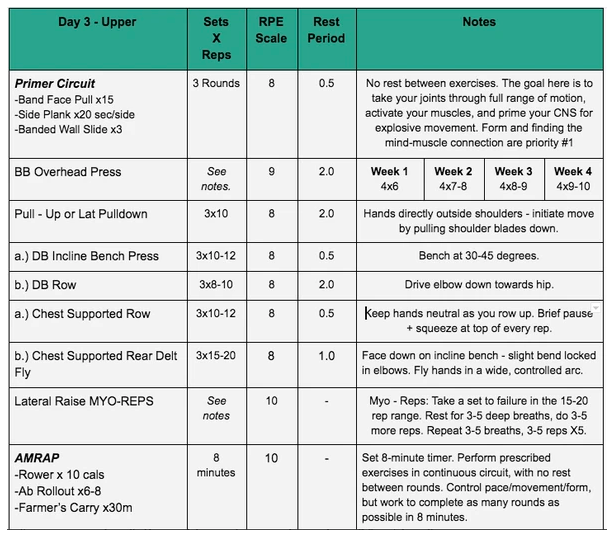First and foremost, I need to start this blog with a disclaimer:
In this blog, you'll learn A LOT about proper exercise selection, how to manipulate movements to make them more effective, and how to get more out of each rep...
...but DON'T let it cause you to overthink every. single. thing. you do in the gym.
The "boring basics" still work.
Train variations of squat, hinge, lunge, push, pull consistently with proper effort, and you WILL build a lean, strong body.
The following information should be seen as supplemental. It'll help you modify or replace those few exercises that "don't seem to be working for you".
Overthinking (or spending hours setting up bands & chains on all your equipment) will stall progress MORE than not perfectly matching resistance profiles and strength profiles.
Make sense?
Dope. Let's nerd out.
Moment Arms
Weirdly, the resistance you experience when lifting a weight and the actual load you're lifting are not the same thing.
→ Load - If you're lifting a 10lb dumbbell, the load is ALWAYS 10lbs. This doesn't change.
→ Resistance - Imagine lifting a 10lb dumbell away from your side (in a lateral raise motion). Even though load stays the same (10lbs), resistance (the amount of force it takes to keep moving the weight) increases the further the weight gets from your body.
So basically, the further a weight gets from your body, the more torque or tension (the demands placed on your body to move said weight) increase.
This is due to something called a moment arm.
Moment arm - the perpendicular distance between the line of action of the force and the center of moments.

As you can see from the illustration above, the longer a moment arm gets, the more torque or tension is placed on the pivot point.
Now often, the pivot point (the place the torque is placed), is an actual joint. Think about the lateral raise example from earlier:

Torque = Load X Moment Arm.
In this case, think of the moment arm as the length between a joint axis and the line of force acting on that joint.
As the moment arm gets longer, more torque is placed on the joint. Continuing to move the load take more force production from the muscles responsible for movement at said joint.
Basically, as the moment arm gets longer, my shoulder muscles have to work harder to continue raise the weight.

Now, none of this is to bore you with biomechanics.
Building lean muscle (crucial to both women and men building a lean, strong body) requires MORE than just "lift heavy ass weight bro".
We need to think about how much torque/tension is being applied to get the most out of every exercise.
Think about this - The bottom of a deep squat is MUCH harder than the top half. Even though load stays the same throughout, the you can usually perform the top half of a squat with ease, while the bottom half is an absolute grind.

The load is still the same, but the moment arms get shorter as you stand up - making the load easier.
This accounts to potentially LESS stimulation of your targeted muscles through the "easy" portion of the squat (or any exercise).
When training to build lean muscle - we generally want to use as much resistance as we can to challenge our body through a full range of motion. This allows us to get as much as we can out of every rep.
But like you see in the example above, you're really only challenged in the bottom half of the squat - meaning when it comes to challenging the muscles of your lower body through their entire range of motion, it's probably NOT the most effective exercise when it comes to purely challenging the muscles of your lower body fully through a complete range of motion.
(*Disclaimer: Squats are still a great exercise, and I program them for many of my online clients. I've found most clients enjoy how their bodies change with a functional bodybuilding style of training. Squats are often an excellent addition to the "functional strength" portion of programming. For the "bodybuilding" portion - which is the context of this blog - we can like find better variations.)
Resistance Profiles
The resistance profile of an exercise is simply how the resistance demand of an exercise changes from beginning to end.
Let's look at a dumbbell row, for example.
At the bottom of the movement, the moment arm is very small. So you'll be much stronger at the bottom of the movement.

As you row the weight up, the exercise gets hard because the moment arm gets longer.

This is what is known as an ascending resistance profile - the movement gets hard from the bottom to the top.
The problem here (at least when it comes to fully fatiguing your muscle tissue) is that the movement gets MUCH harder as you row up. At the bottom of the row, the resistance demands are low. But, as you reach the top of the row, they're much higher.
You'll likely either:
1. Have to use momentum from the bottom of the rep to complete the full range of motion.
2. Stop the set, because you can only complete 1/2 reps of the exercise (the bottom half).
In either case, you're likely NOT fully fatiguing the muscles of your back.
When it comes to resistance profiles, we also have movements with...
→ Descending resistance profiles - Think back to our example of the barbell back squat. This movement gets easier from bottom to top.
→ Bell-shaped resistance profiles - For movements like a barbell curl, the middle of the movement is hardest (the weight is furthest from the body), while the bottom and top of the movement are easier.
External Moment Arms
To understand how to maximize the lean muscle building benefits of every single rep you do, you need to understand external moment arms - basically, how implementing machines & the like impacts your training.


So as you see, even machines have moment arms. Just like before, the exercise will feel harder as the moment arm gets longer.
Putting It All Together
So remember, our main goal when it comes to building lean muscle is challenging our bodies through a full range of motion.
The problem is, in many movements, there will be a big drop off in resistance at the top of movements (e.g. squats), leaving many muscles in the top half of the movement under-stimulated.
On the other hand, like the row are set up to where you'll be much stronger in the bottom half of the movement than the top.
Let's use the Iso Hammer Row from earlier as an example:


So as is, this isn't a good option for fully stimulating the muscle tissue of the upper back. The weight gets heavier as you get weaker.
But, with a few teaks we can fix this mismatch:


...annnd viola!
The resistance of the row now decreases where you are weakest, and increases where you're strongest. This exercise is a good way to fully fatigue the muscles in your back.
Dope, right?
There are TONS of different ways to apply this.
Personally, the most common area I see new online clients struggle with this is back training. The ascending resistance profile of most rowing movements makes it hard to really stimulate the muscles of your back well.
A few solutions:
→ T-Bar Rows
→ 1-Arm Barbell Rows
→ Meadows Rows
In each exercise shown, notice how the weight gets CLOSER to the pivot point (resistance decreases) as you row up (the movement gets harder).
You can apply this to tons of different movement patterns.
Think of the squat pattern we talked about earlier, and how unevenly distributed resistance is between the bottom & top of the movement. We could fix this with something like a Reverse Banded Hack Squat:
You can also use strategies like this to create more tension is specific muscles.
Let's look at the Band TKE Split Squat:
Say you want to make you split squat more quad dominant. The primary role of the quad in the split squat is extending the knee (think: straightening your leg). The bottom of the movement will be the hardest, with the most tension on the quad. But as you straighten your leg, tension in the quad in a normal split squat would decrease.
But in the TKE Split Squat, band resistance increases as you stand up, making knee extension harder.
You can apply similar thinking to Band Resisted Romanian Deadlifts:
Ok, I won't go the different ways we could apply what you just learned, because we could be here all day.
Now, is over-applying these concepts a good way to waste a LOT of time in the gym? Absolutely.
Should all your movements be a mess of bands and chains to create the best resistance profile? Probably not.
My recommendation - apply what you just learned to the body parts you struggle to build lean muscle on, or those few exercises that just feel shitty & not very effective, but don't cut out the movements you already know work well for you.
If you're ready to learn more from me, and follow a custom nutrition & training plan fit specifically to your goals, CLICK HERE NOW to apply for online coaching.
























































